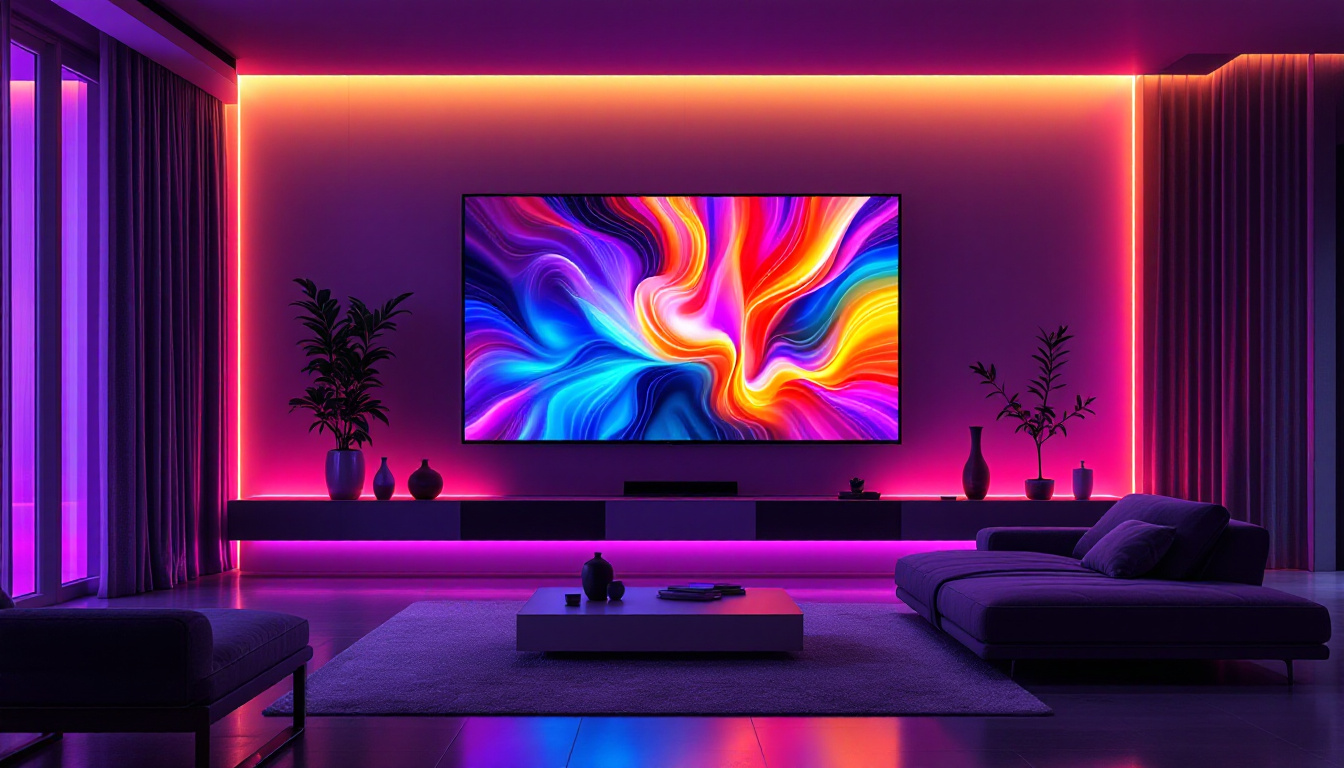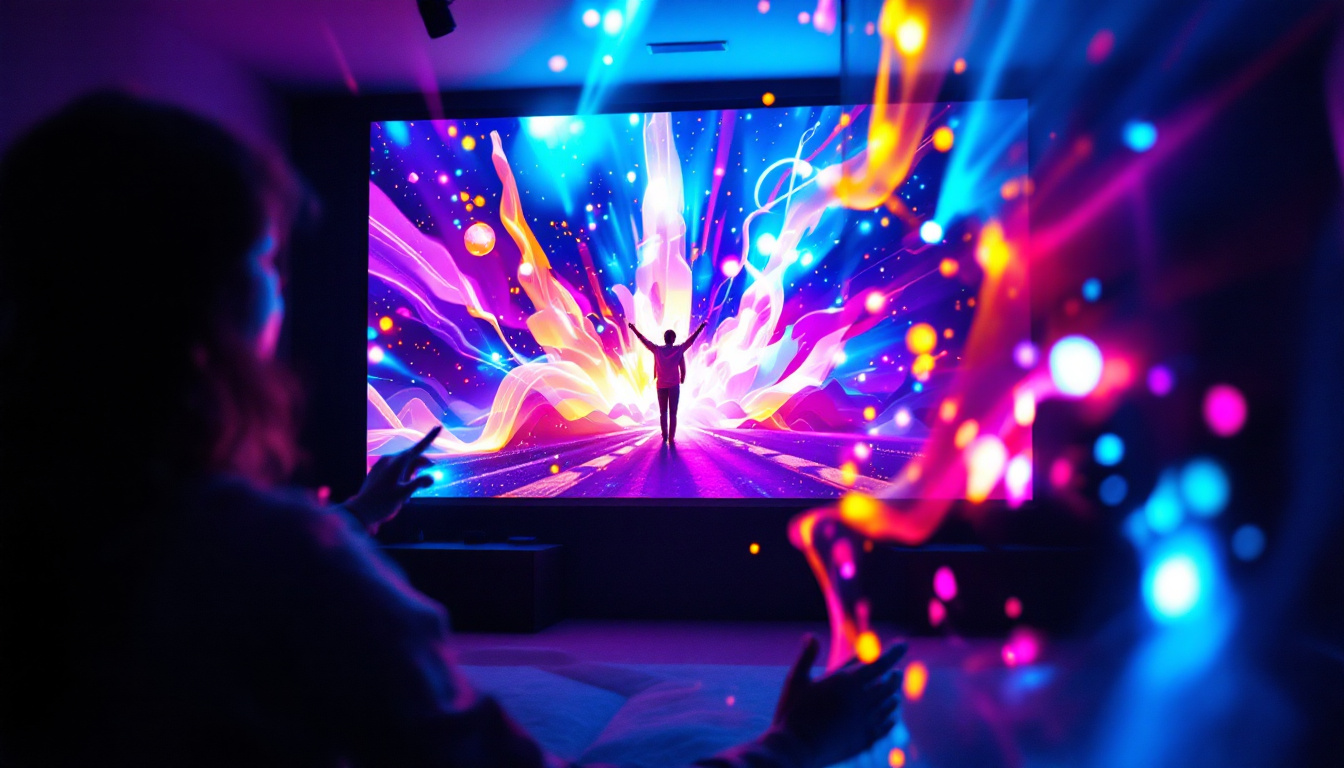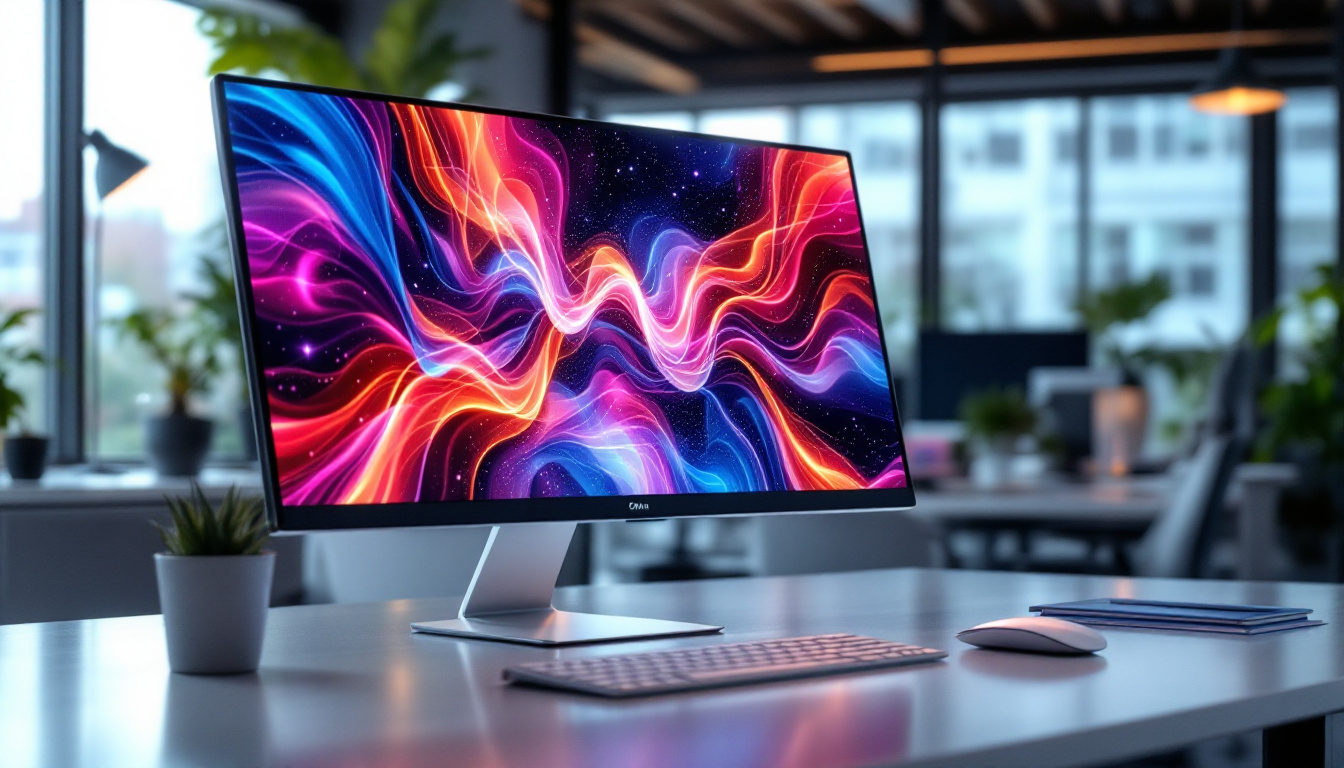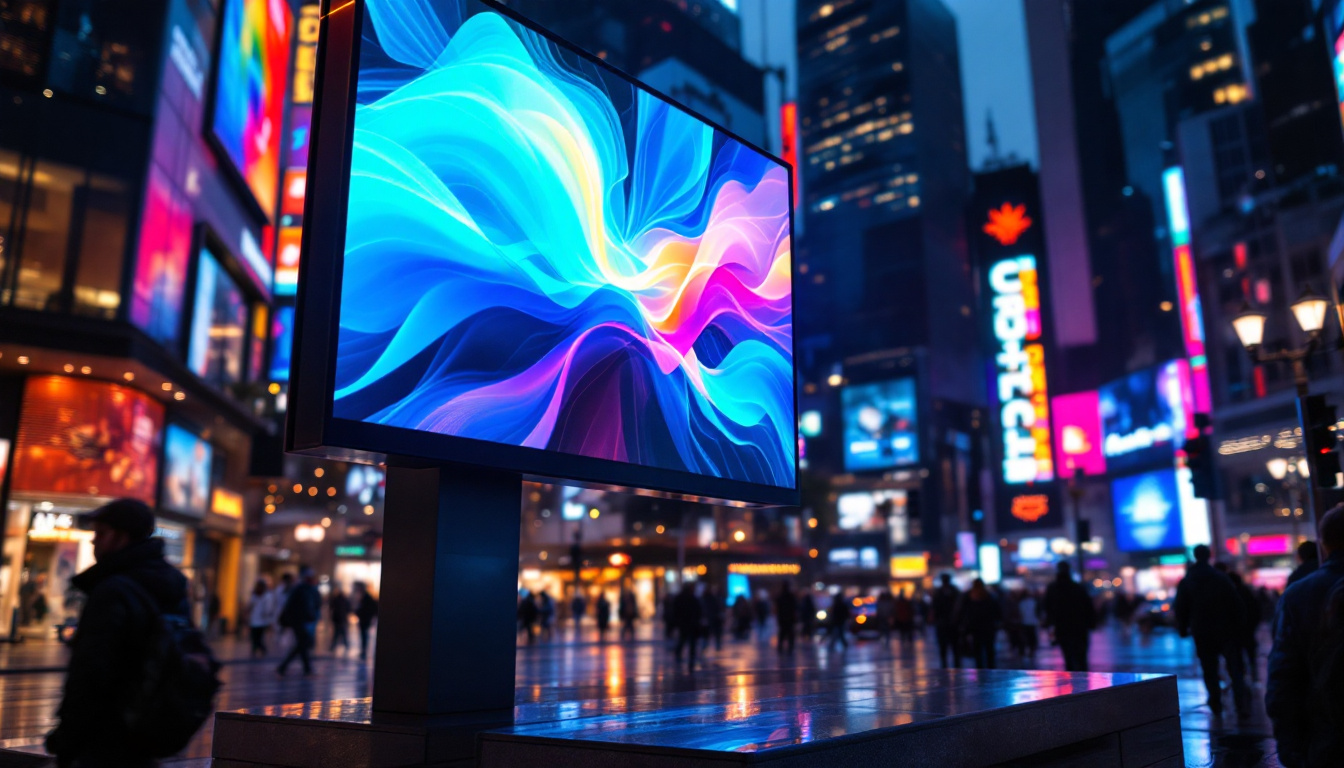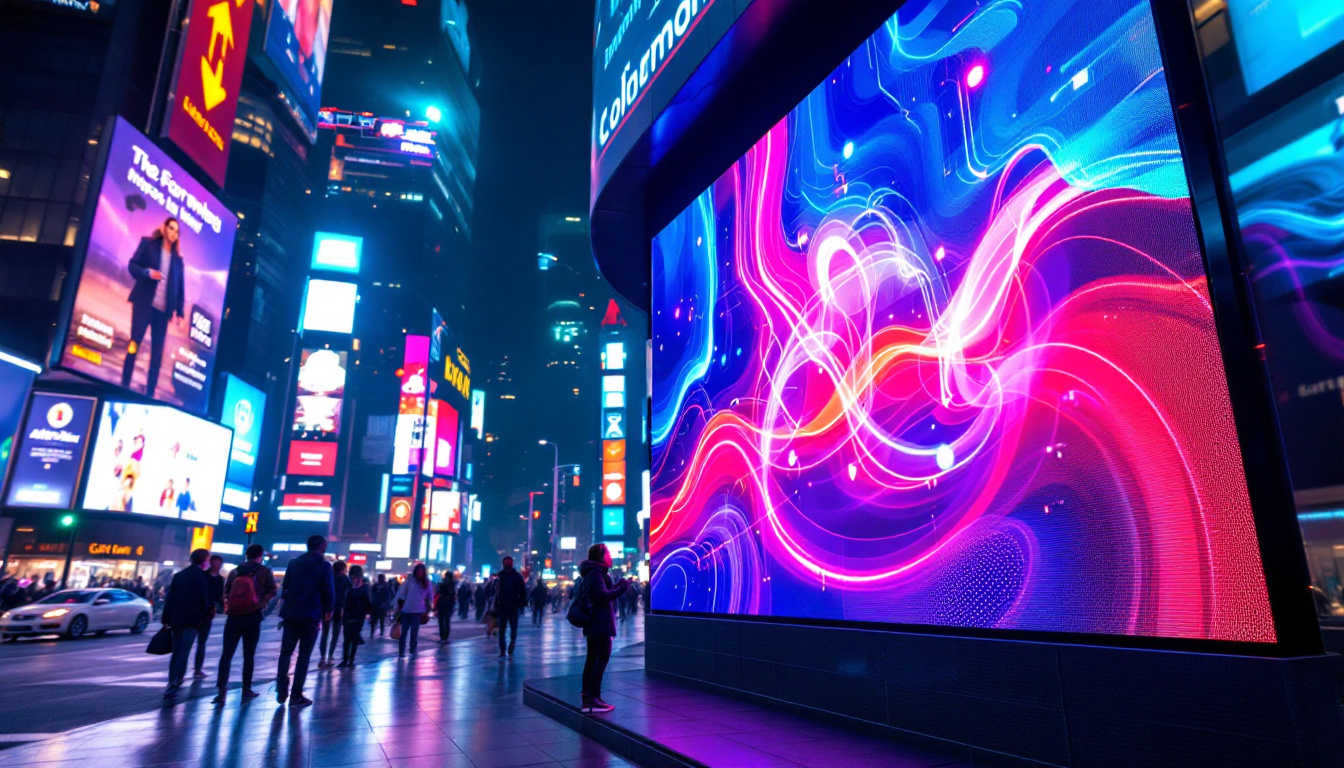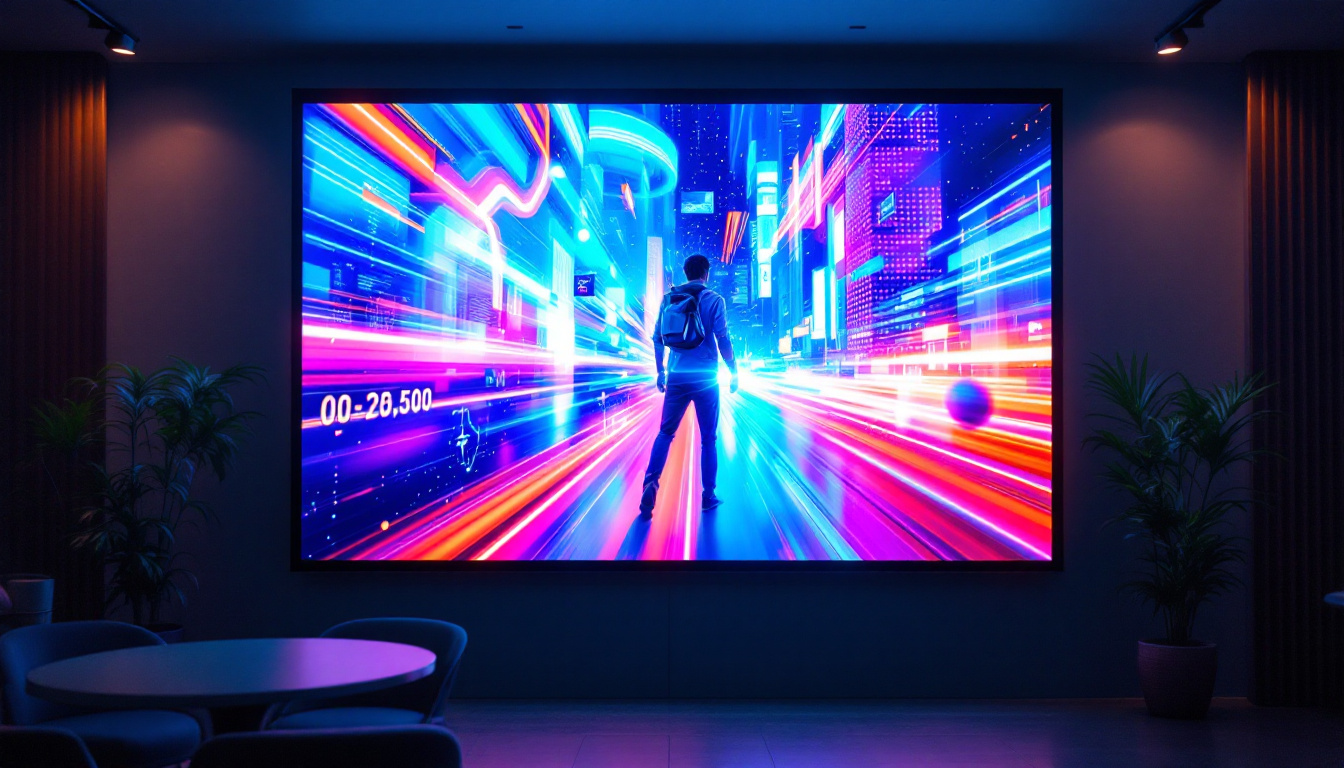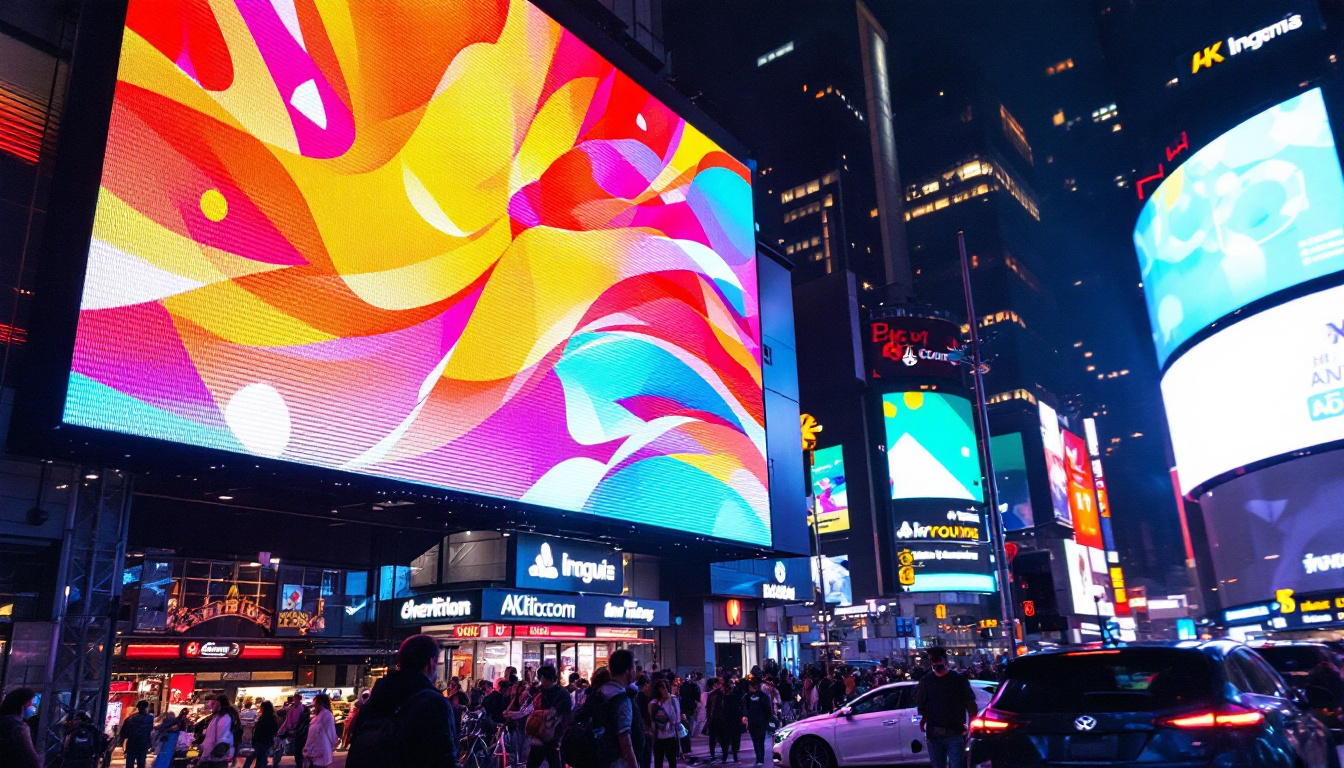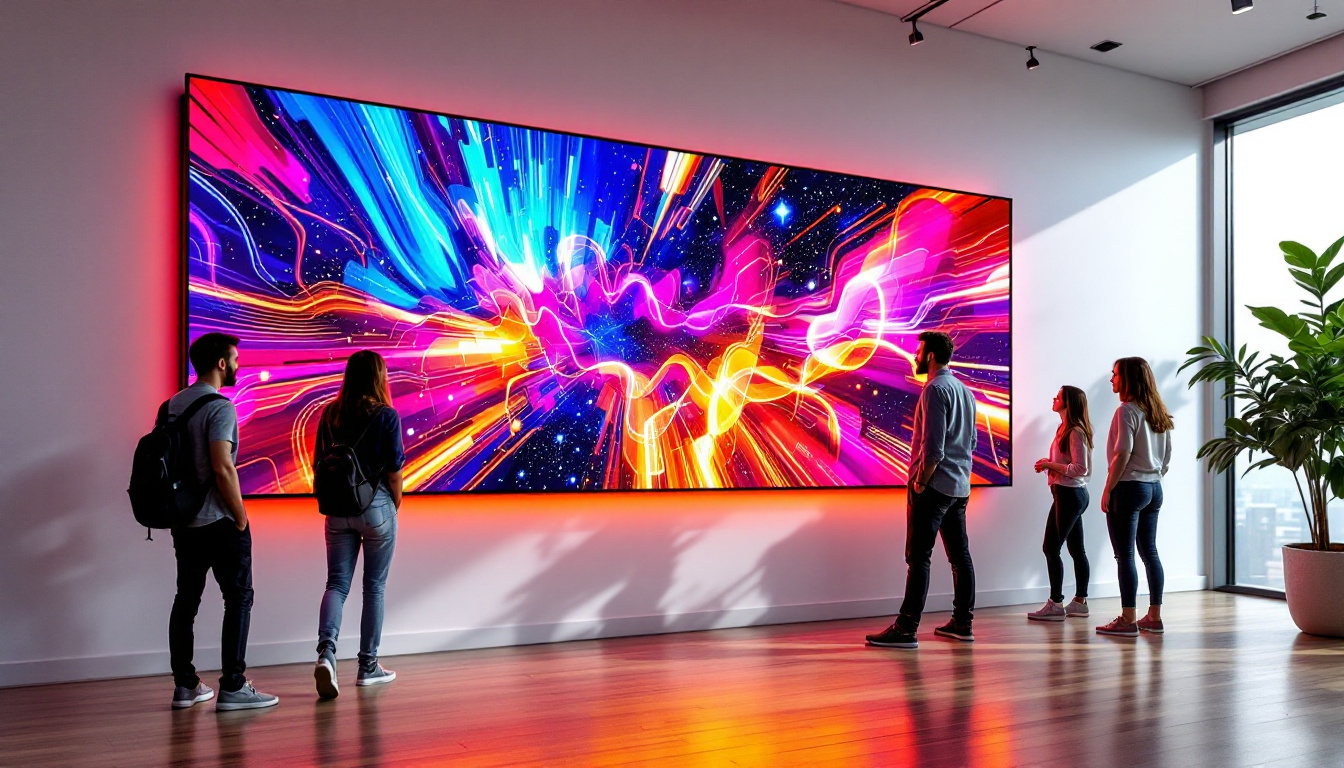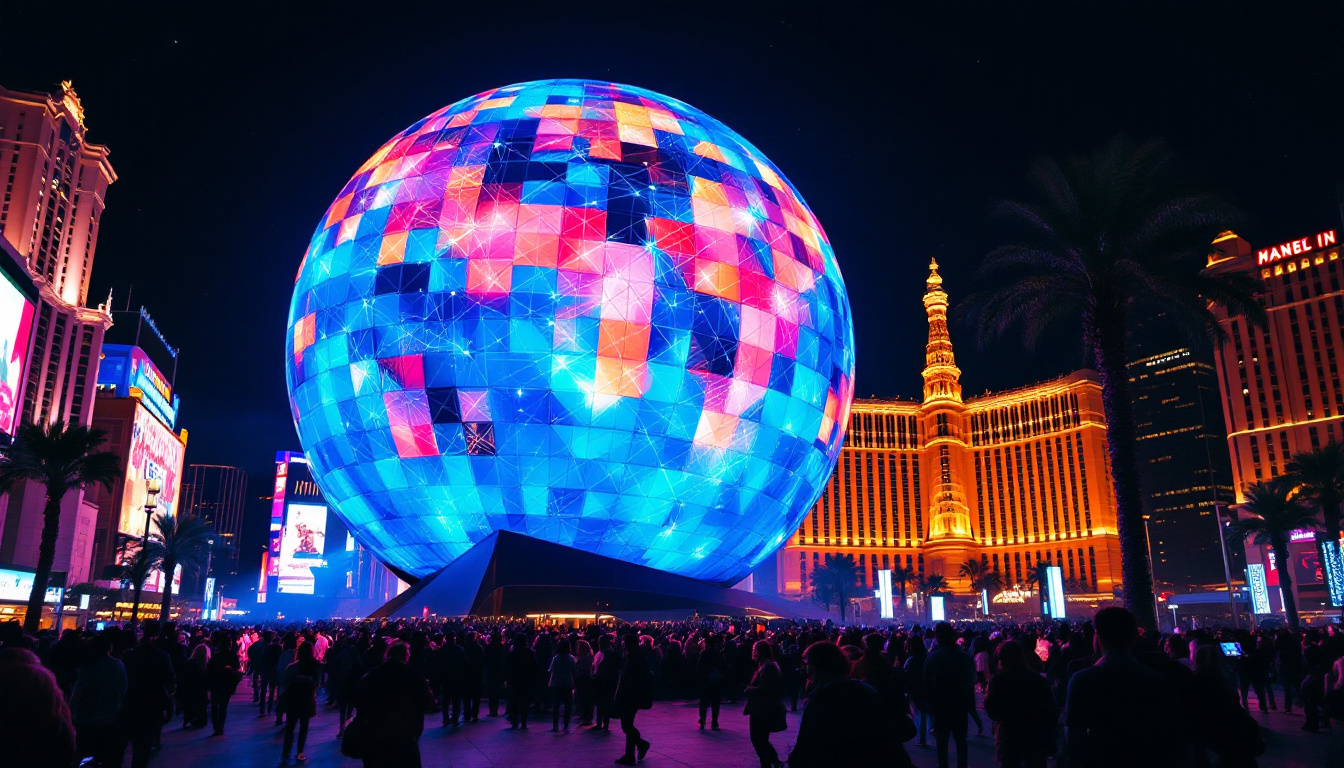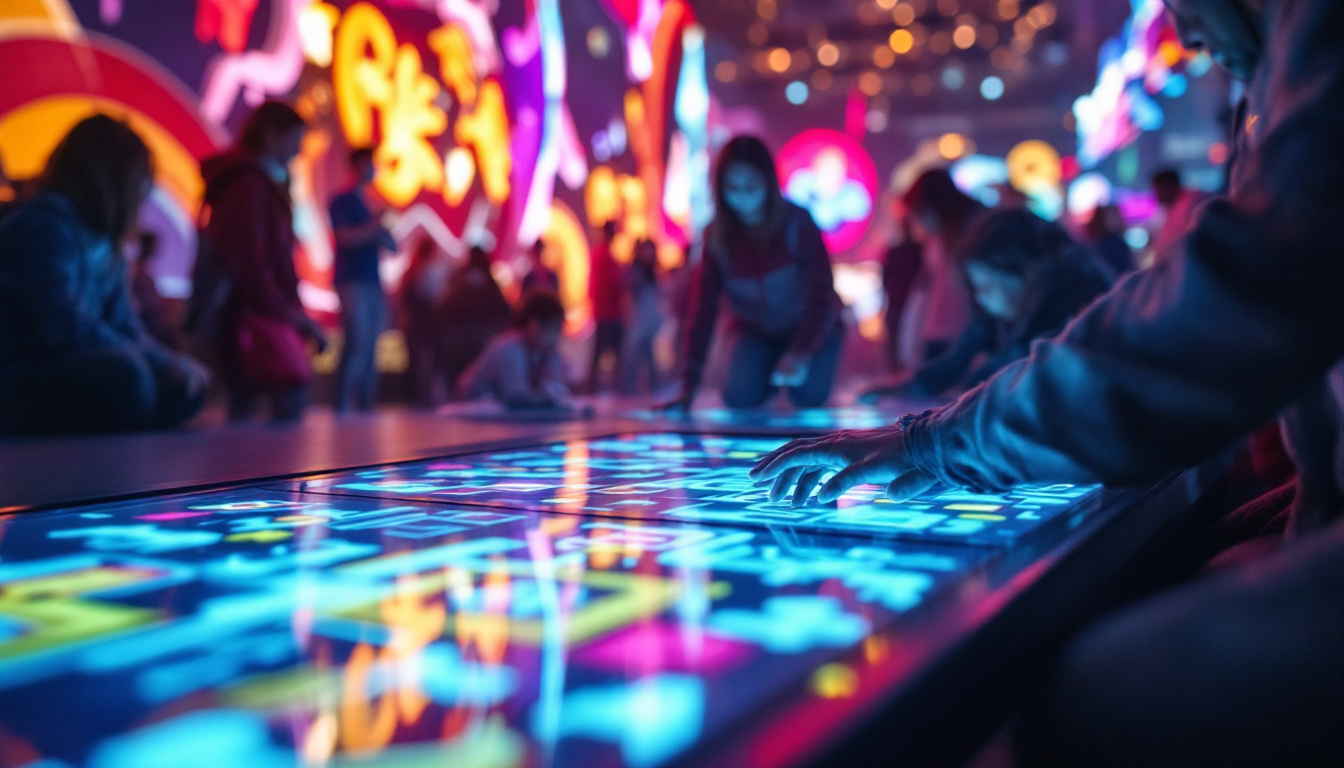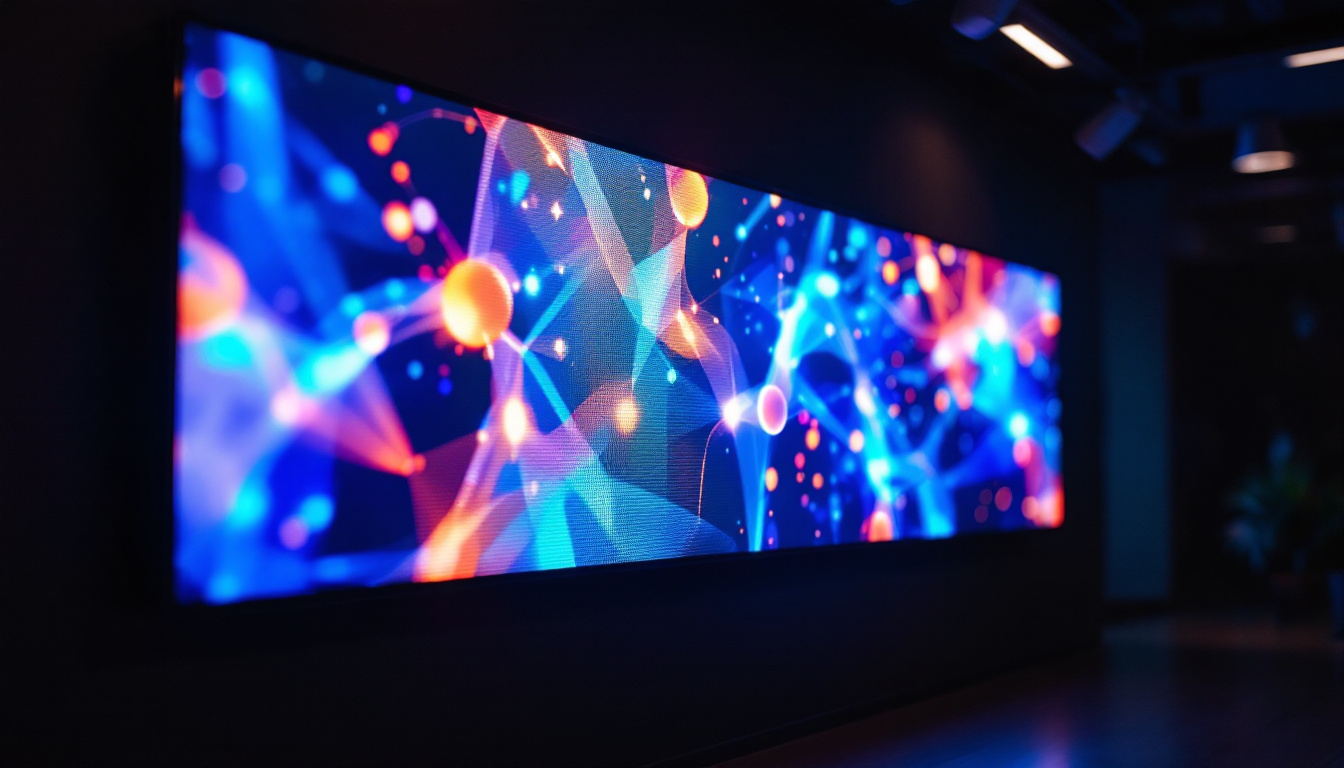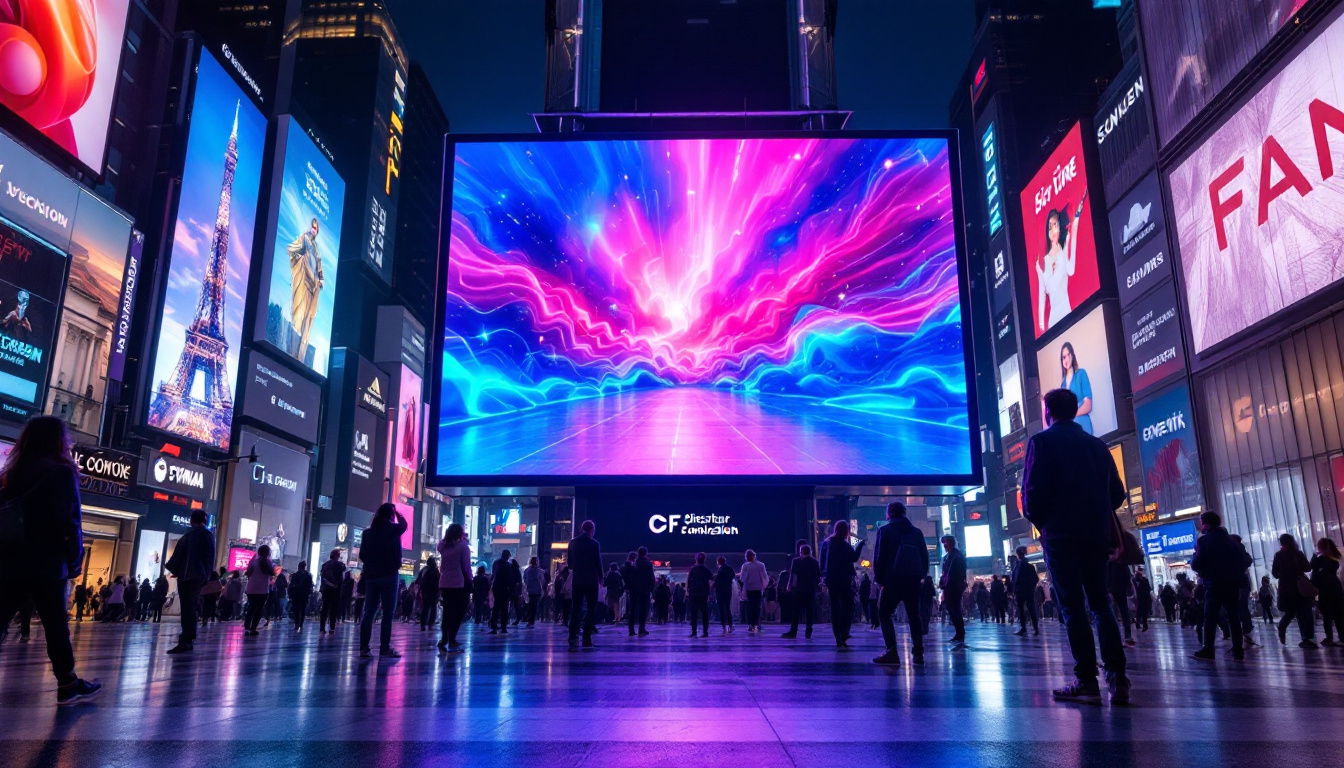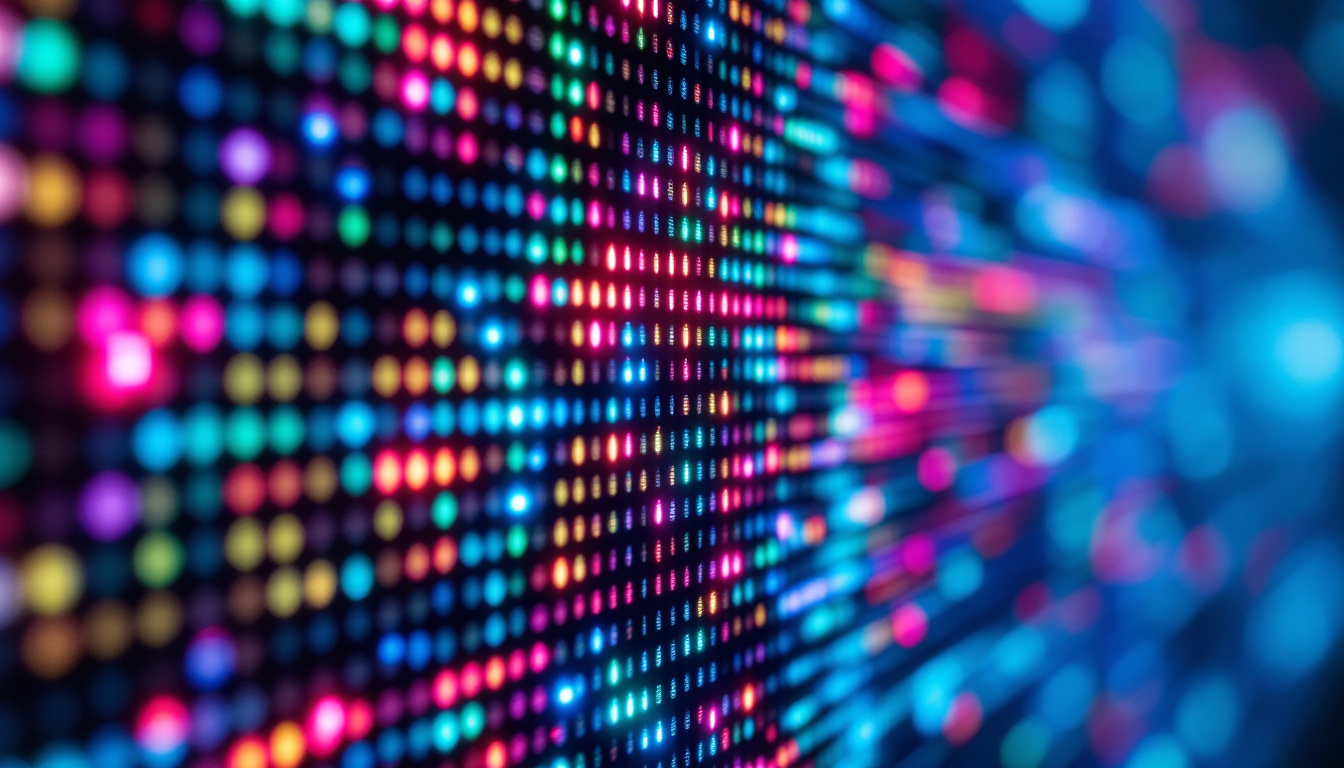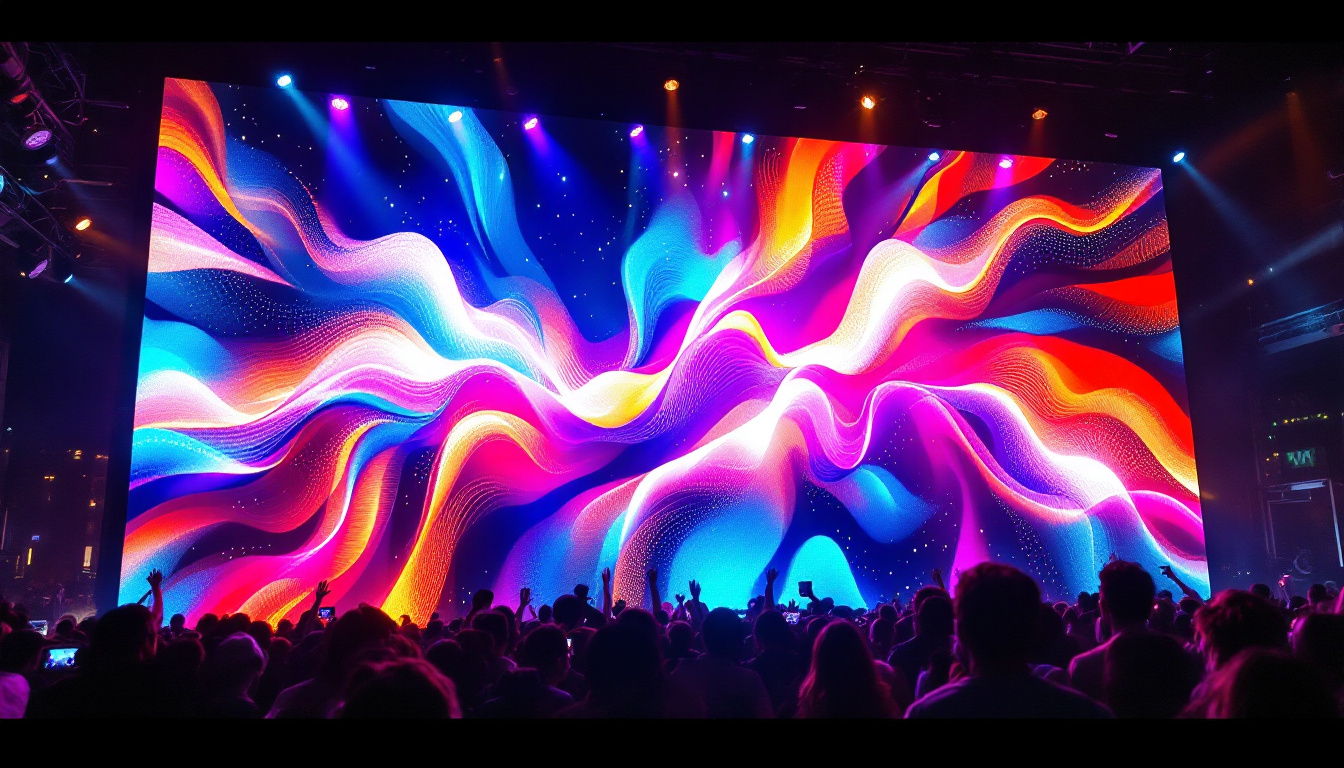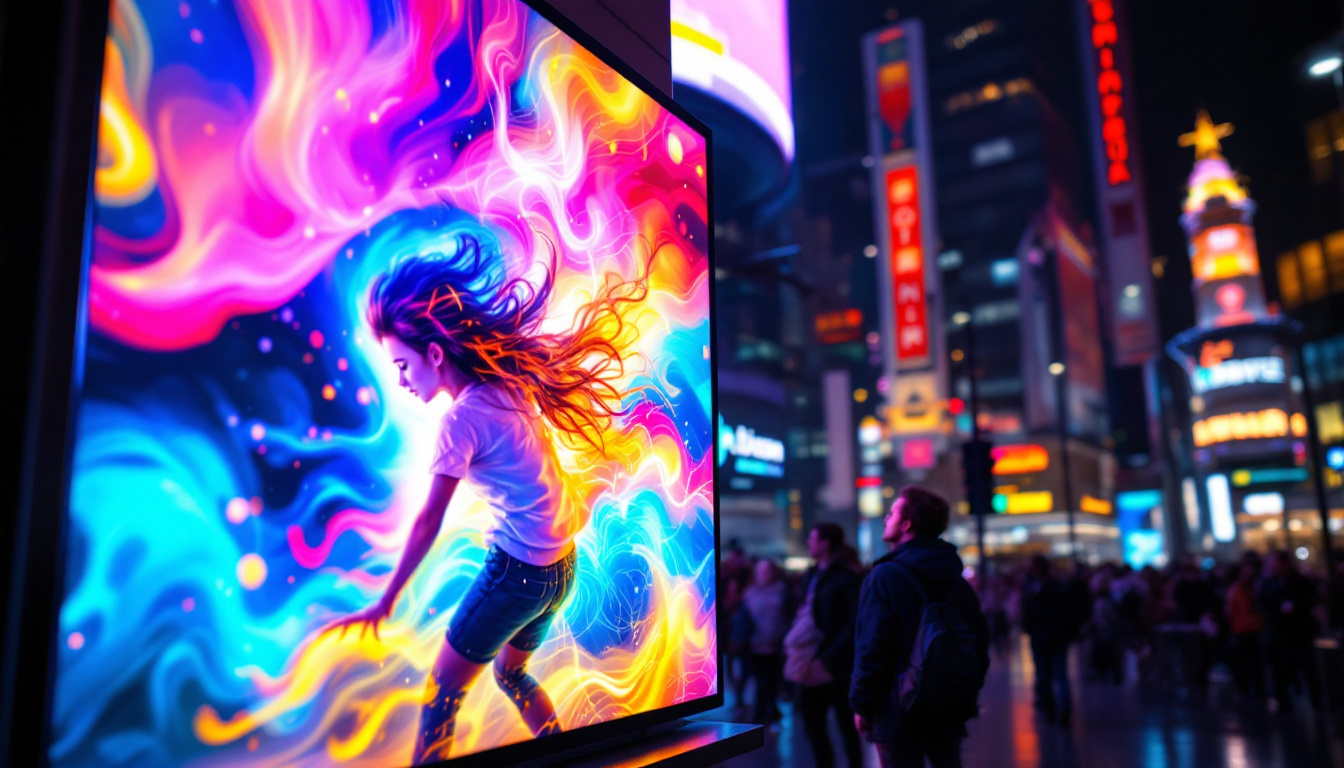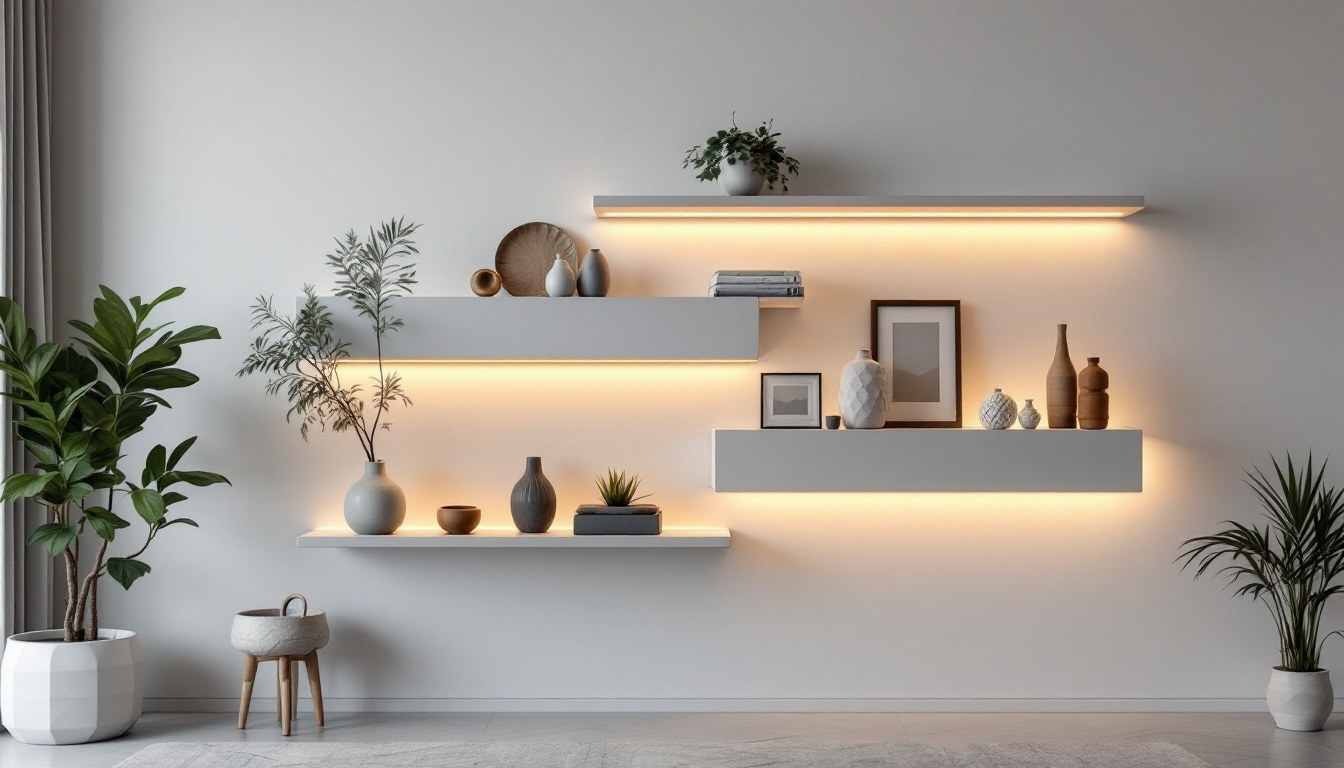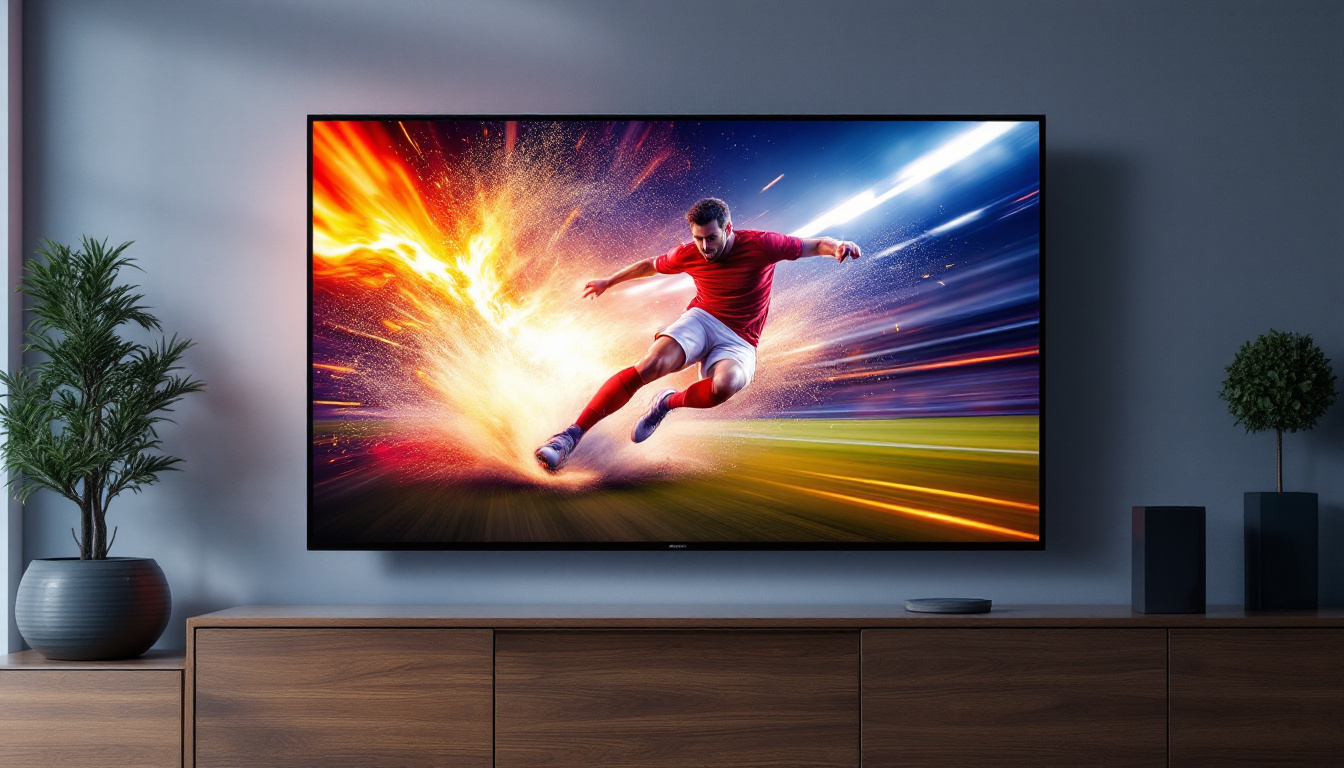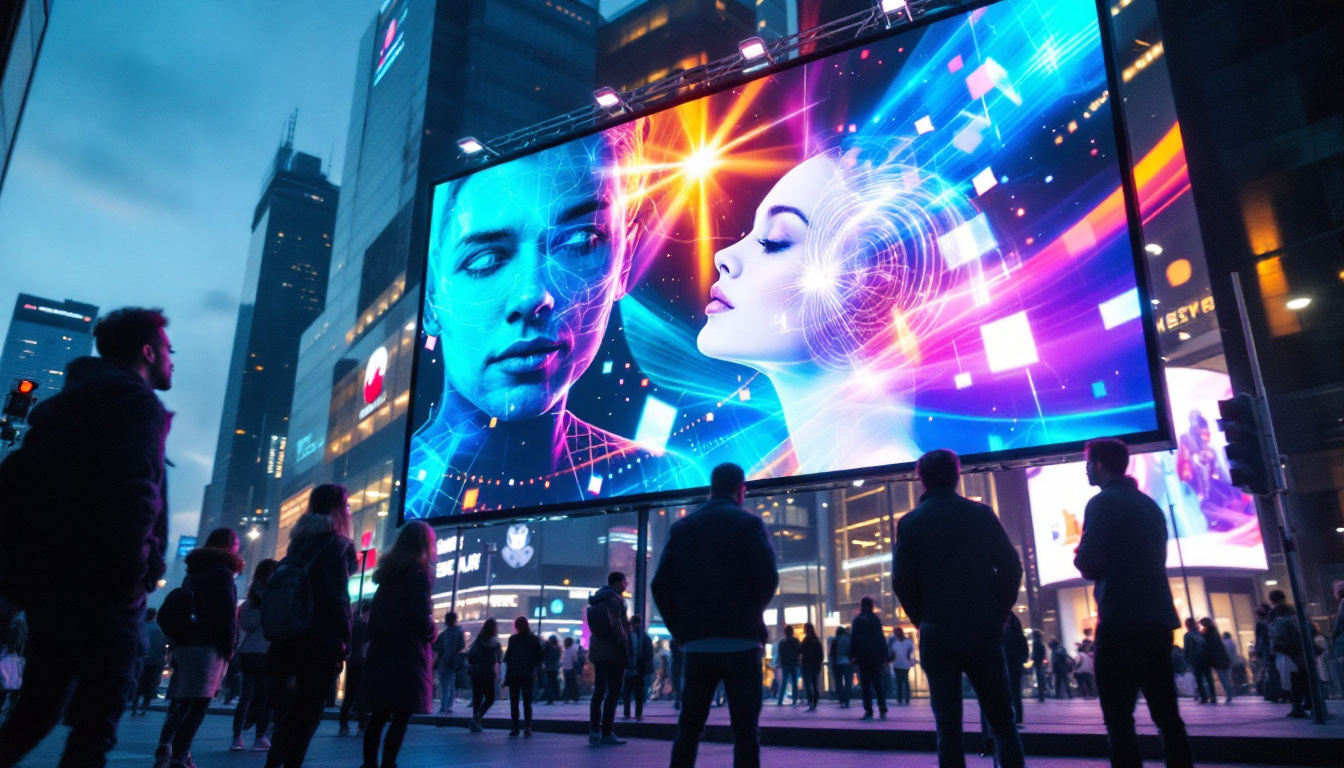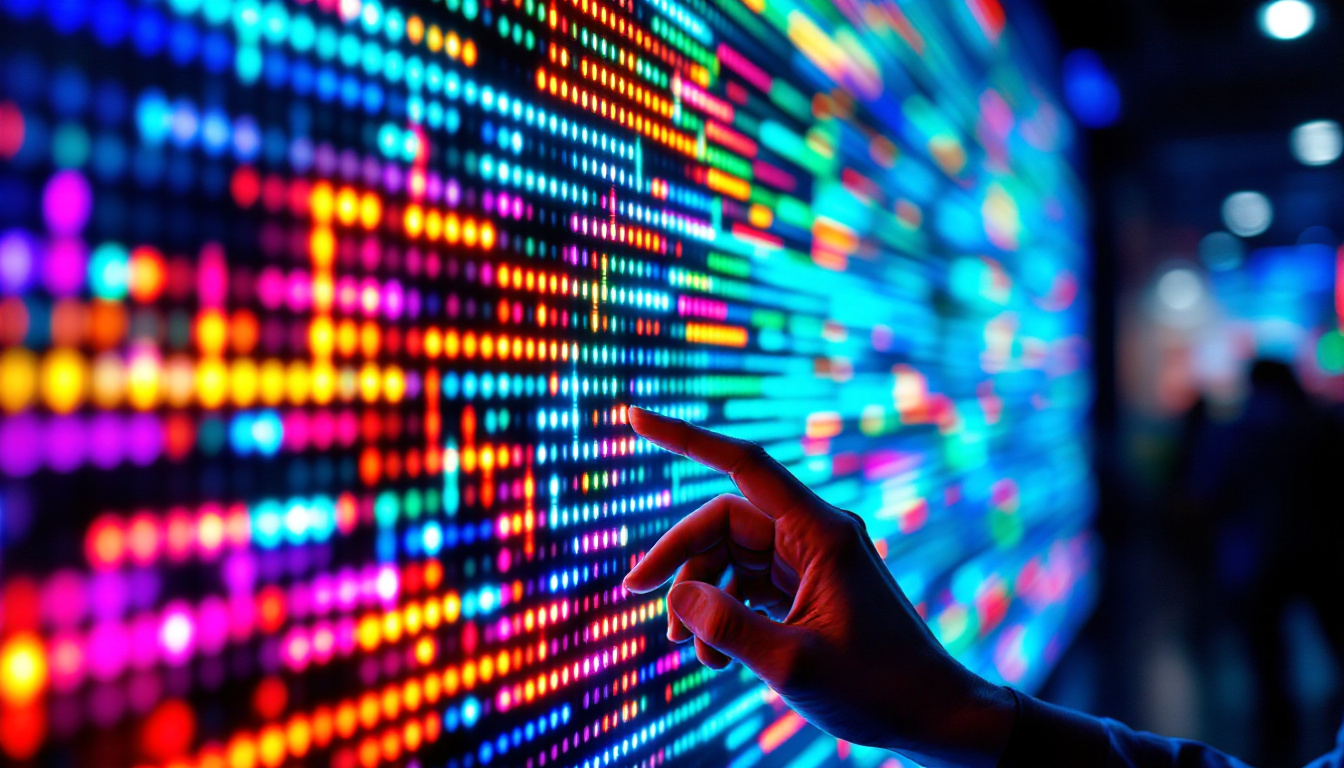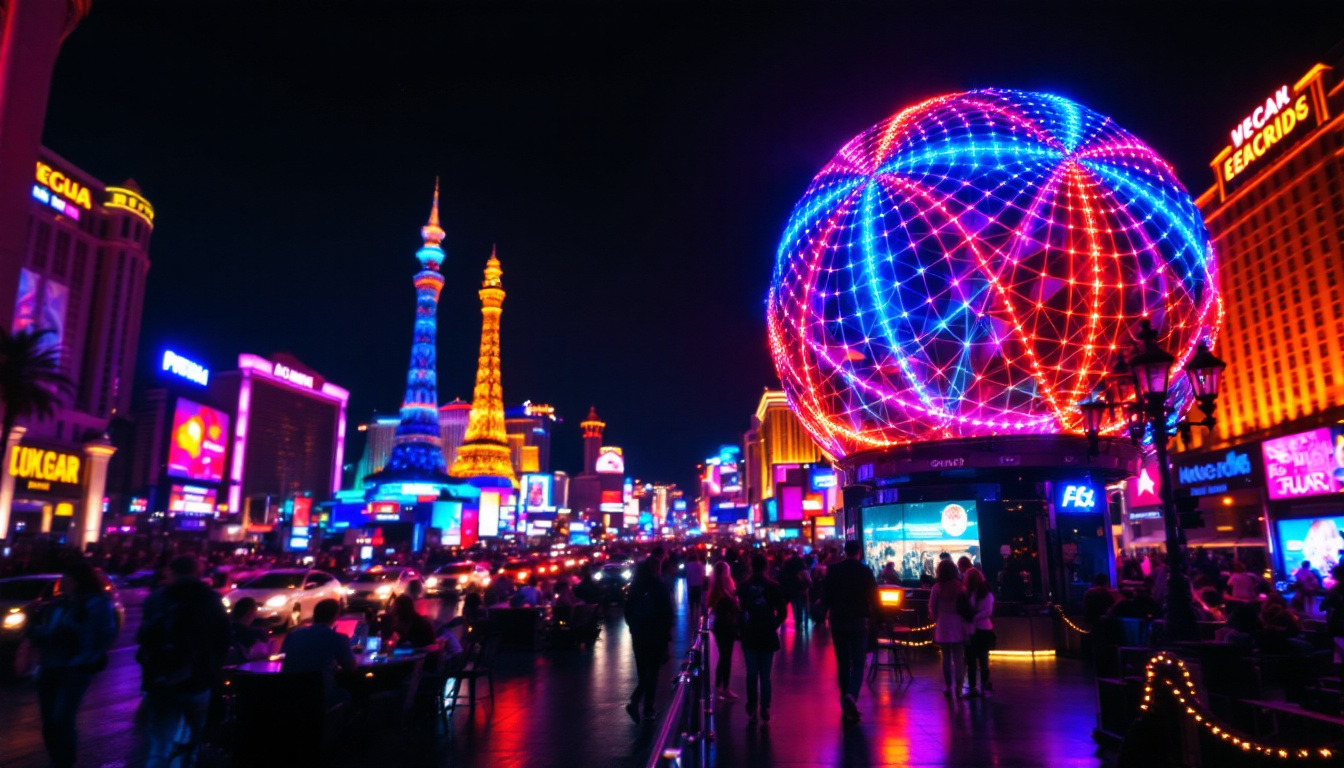In the realm of modern visual technology, LED video walls have emerged as a transformative medium for communication, entertainment, and advertising. These large-scale displays, composed of numerous smaller LED panels, offer unparalleled brightness, color accuracy, and versatility. This article delves into the intricacies of LED video walls, exploring their components, applications, and the technology that powers them.
Understanding LED Technology
LED, or Light Emitting Diode, technology has revolutionized the way visual content is displayed. Unlike traditional display methods, LEDs emit light directly, allowing for vibrant colors and high contrast ratios. This section will explore the fundamental principles of LED technology and how it applies to video walls.
How LEDs Work
At the core of LED technology is the principle of electroluminescence. When an electric current passes through a semiconductor material, it emits light. This property allows LEDs to produce bright and energy-efficient lighting. In video walls, thousands of these tiny diodes are arranged in a grid to create a larger image.
The arrangement of red, green, and blue (RGB) LEDs is crucial for color reproduction. By varying the intensity of these three colors, a full spectrum of colors can be achieved, enabling stunning visuals that captivate audiences. The precision with which these colors can be manipulated also allows for dynamic content that can change in real-time, making LED displays particularly effective for live events, advertising, and interactive installations.
Types of LED Displays
LED video walls come in various types, each suited for different applications. The two most common types are SMD (Surface-Mounted Device) and DIP (Dual In-line Package) displays. SMD displays are known for their high resolution and are typically used for indoor applications, while DIP displays are more robust and often used for outdoor settings.
Additionally, there are specialized LED displays, such as transparent LED screens and flexible LED panels, which offer unique capabilities for creative installations. Transparent LED screens, for instance, allow viewers to see through the display while still showcasing vibrant content, making them ideal for retail environments where product visibility is key. Flexible LED panels, on the other hand, can be bent and shaped to fit unconventional spaces, opening up new possibilities for artistic expression and architectural integration. Understanding the differences between these types is essential for selecting the right display for a specific use case.
Moreover, advancements in LED technology continue to push the boundaries of what is possible. Innovations such as microLEDs are emerging, which promise even higher resolutions and better energy efficiency. These tiny diodes can be arranged in virtually any configuration, allowing for seamless large-scale displays without the bezels that often disrupt the viewer’s experience. As technology evolves, the potential applications for LED displays will expand, making them an increasingly integral part of modern visual communication.
Components of an LED Video Wall
An LED video wall is not just a collection of LED panels; it comprises several key components that work together to deliver high-quality visuals. This section will break down the essential elements that make up an LED video wall.
LED Panels
The LED panels are the most visible part of the video wall. Each panel contains a matrix of LEDs that display images and videos. The quality of these panels is determined by factors such as pixel pitch, brightness, and color accuracy. A smaller pixel pitch generally results in a higher resolution, making it ideal for close viewing distances.
Video Processing System
The video processing system is responsible for managing the content displayed on the LED video wall. It takes input from various sources, such as computers, cameras, or media players, and processes the video signals to ensure they are displayed correctly across all panels. Advanced video processors can also handle multiple input sources simultaneously, allowing for dynamic content switching and live feeds.
Control Software
control software plays a vital role in the operation of an LED video wall. This software allows users to manage content, adjust settings, and monitor performance. Many systems offer user-friendly interfaces that enable operators to easily schedule content, adjust brightness levels, and troubleshoot issues in real-time.
Applications of LED Video Walls
LED video walls have found their way into various sectors, proving to be an effective tool for communication and engagement. Their versatility makes them suitable for a wide range of applications, from corporate environments to entertainment venues.
Corporate and Event Spaces
In corporate settings, LED video walls are increasingly used for presentations, conferences, and trade shows. They provide a dynamic way to showcase products, deliver messages, and engage audiences. The ability to display high-resolution graphics and videos enhances the overall impact of corporate communications.
Event spaces, such as concert venues and sports arenas, also benefit from LED video walls. These displays can create immersive experiences for attendees, enhancing the atmosphere of live events. With the capability to show real-time statistics, highlights, and promotional content, LED walls have become a staple in the event industry.
Advertising and Retail
In the advertising sector, LED video walls are utilized for digital signage and brand promotion. Their bright and vibrant displays attract attention, making them ideal for high-traffic areas. Retailers leverage LED walls to showcase products, run promotions, and create engaging in-store experiences.
Moreover, the flexibility of LED video walls allows for easy updates and changes to content, enabling businesses to adapt their messaging quickly in response to market trends or seasonal promotions.
Advantages of LED Video Walls
The growing popularity of LED video walls can be attributed to numerous advantages they offer over traditional display methods. This section highlights the key benefits that make LED technology a preferred choice for many applications.
High Brightness and Visibility
One of the most significant advantages of LED video walls is their exceptional brightness. Unlike LCD or projection displays, which can struggle in brightly lit environments, LED walls maintain visibility even in direct sunlight. This feature makes them ideal for outdoor advertising and events.
Energy Efficiency
LED technology is known for its energy efficiency. LED video walls consume less power compared to traditional displays, resulting in lower operational costs. This energy efficiency not only benefits businesses economically but also contributes to sustainability efforts by reducing carbon footprints.
Durability and Longevity
LED panels are designed to withstand various environmental conditions, making them durable and long-lasting. They are resistant to shock, vibration, and temperature fluctuations, which is particularly advantageous for outdoor installations. Additionally, LED technology typically has a longer lifespan than traditional display technologies, reducing the need for frequent replacements.
Challenges and Considerations
While LED video walls offer numerous benefits, there are also challenges and considerations that potential users should be aware of. Understanding these factors can help in making informed decisions regarding the implementation of LED technology.
Initial Investment
The initial cost of purchasing and installing an LED video wall can be significant. While prices have decreased over the years, high-quality LED panels and the associated technology can still represent a considerable investment. Businesses must weigh this cost against the potential return on investment from enhanced visibility and engagement.
Technical Expertise
Operating an LED video wall requires a certain level of technical expertise. Users must be familiar with video processing systems, control software, and troubleshooting procedures. Organizations may need to invest in training or hire specialized personnel to ensure the effective operation of the system.
Content Management
Creating and managing content for an LED video wall can be time-consuming. High-quality visuals and engaging content are essential for maximizing the impact of the display. Organizations must dedicate resources to content creation, scheduling, and updates to keep the messaging fresh and relevant.
The Future of LED Video Walls
The future of LED video walls looks promising, with ongoing advancements in technology and design. As innovation continues, several trends are likely to shape the evolution of LED displays.
Advancements in Resolution
As consumer expectations for visual quality increase, manufacturers are focusing on improving the resolution of LED video walls. The development of microLED technology promises to deliver even higher pixel densities, resulting in sharper images and more detailed visuals. This advancement will expand the possibilities for applications in various sectors, including entertainment and advertising.
Integration with Emerging Technologies
LED video walls are increasingly being integrated with emerging technologies such as augmented reality (AR) and virtual reality (VR). This integration allows for immersive experiences that blend the physical and digital worlds, opening new avenues for storytelling and engagement. As these technologies continue to evolve, the potential applications for LED video walls will expand significantly.
Environmental Sustainability
With growing awareness of environmental issues, the demand for sustainable technology is on the rise. Manufacturers are exploring ways to make LED video walls more eco-friendly, from using recyclable materials to improving energy efficiency. This trend will likely influence the design and production of future LED displays, aligning with global sustainability goals.
Conclusion
LED video walls have become an integral part of modern visual communication, offering unmatched brightness, versatility, and engagement. Understanding the technology behind these displays, their components, and their applications is essential for organizations looking to leverage their benefits. While challenges exist, the advantages of LED video walls far outweigh the drawbacks, making them a valuable investment for businesses across various sectors.
As technology continues to advance, the future of LED video walls promises even greater innovation and integration with emerging trends. By staying informed and adaptable, organizations can harness the power of LED displays to enhance their communication strategies and captivate their audiences.
Explore Cutting-Edge LED Display Solutions with LumenMatrix
Ready to elevate your visual communication and create unforgettable experiences? LumenMatrix is at the forefront of LED display innovation, offering a wide array of solutions tailored to your needs. From vibrant Indoor and Outdoor LED Wall Displays to dynamic Vehicle and Sports LED Displays, our technology is designed to captivate and engage. Discover the transformative power of LED Transparent Displays, Floor LED Displays, and our versatile All-in-One LED solutions. Embrace the future of digital signage with LumenMatrix and let your brand shine like never before. Check out LumenMatrix LED Display Solutions today and step into a world of visual excellence.


